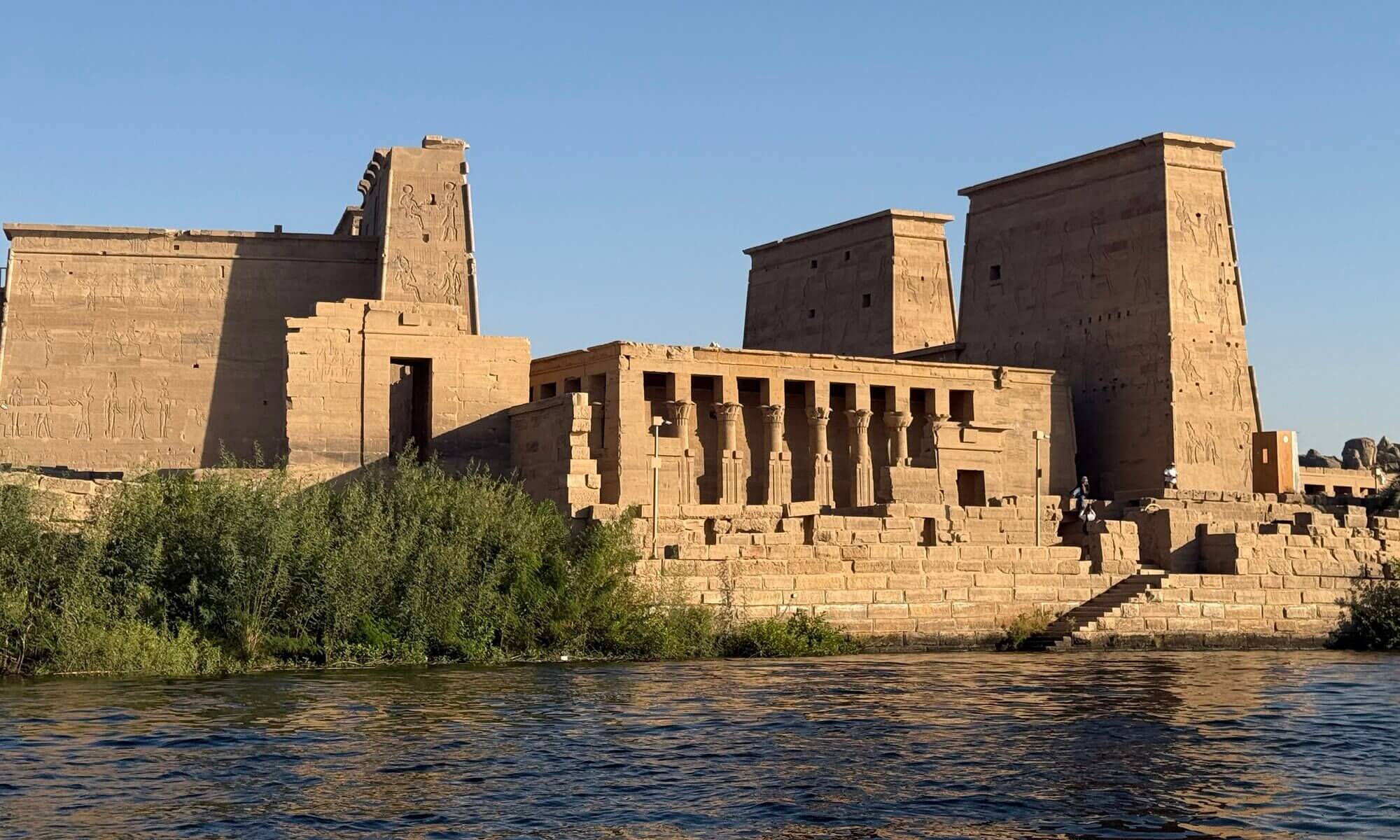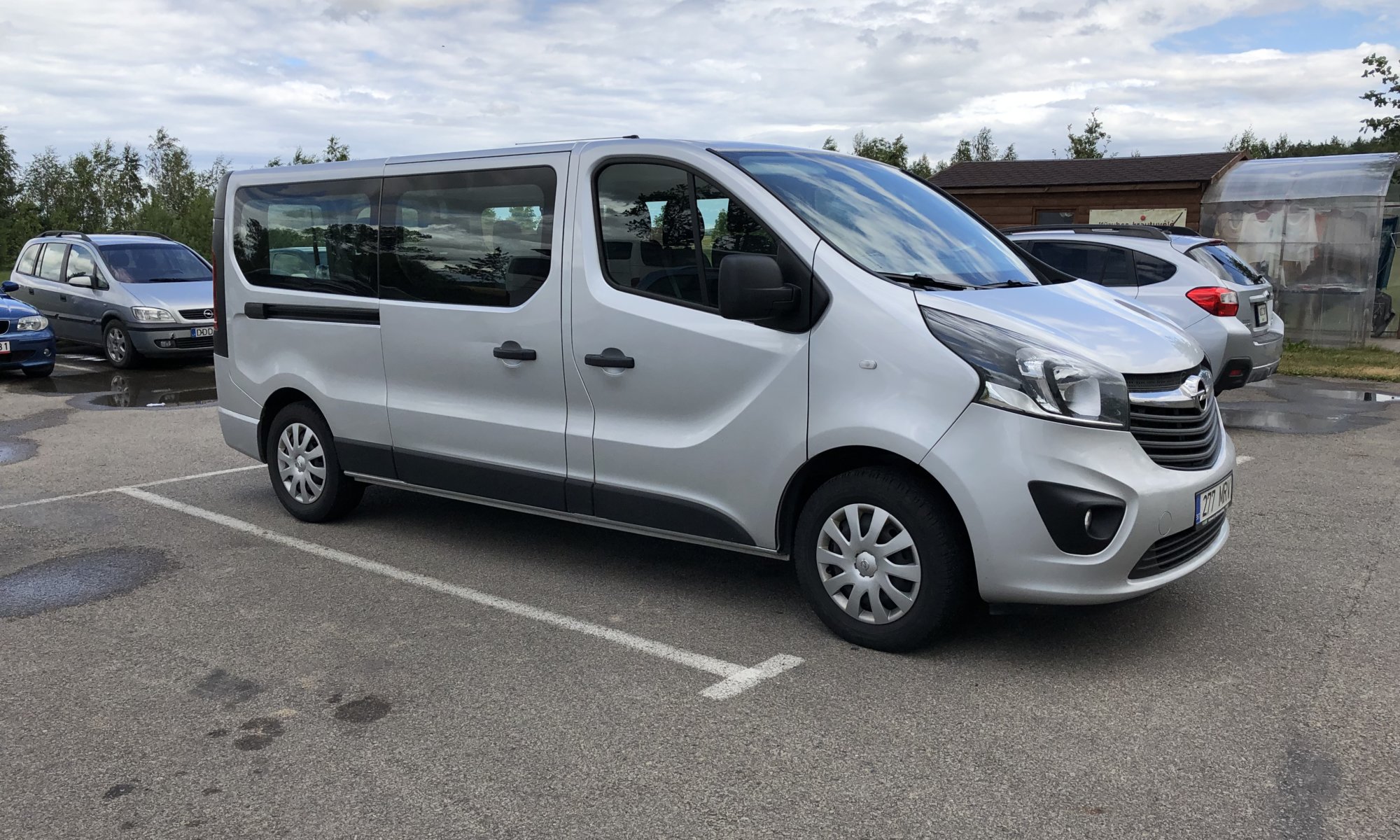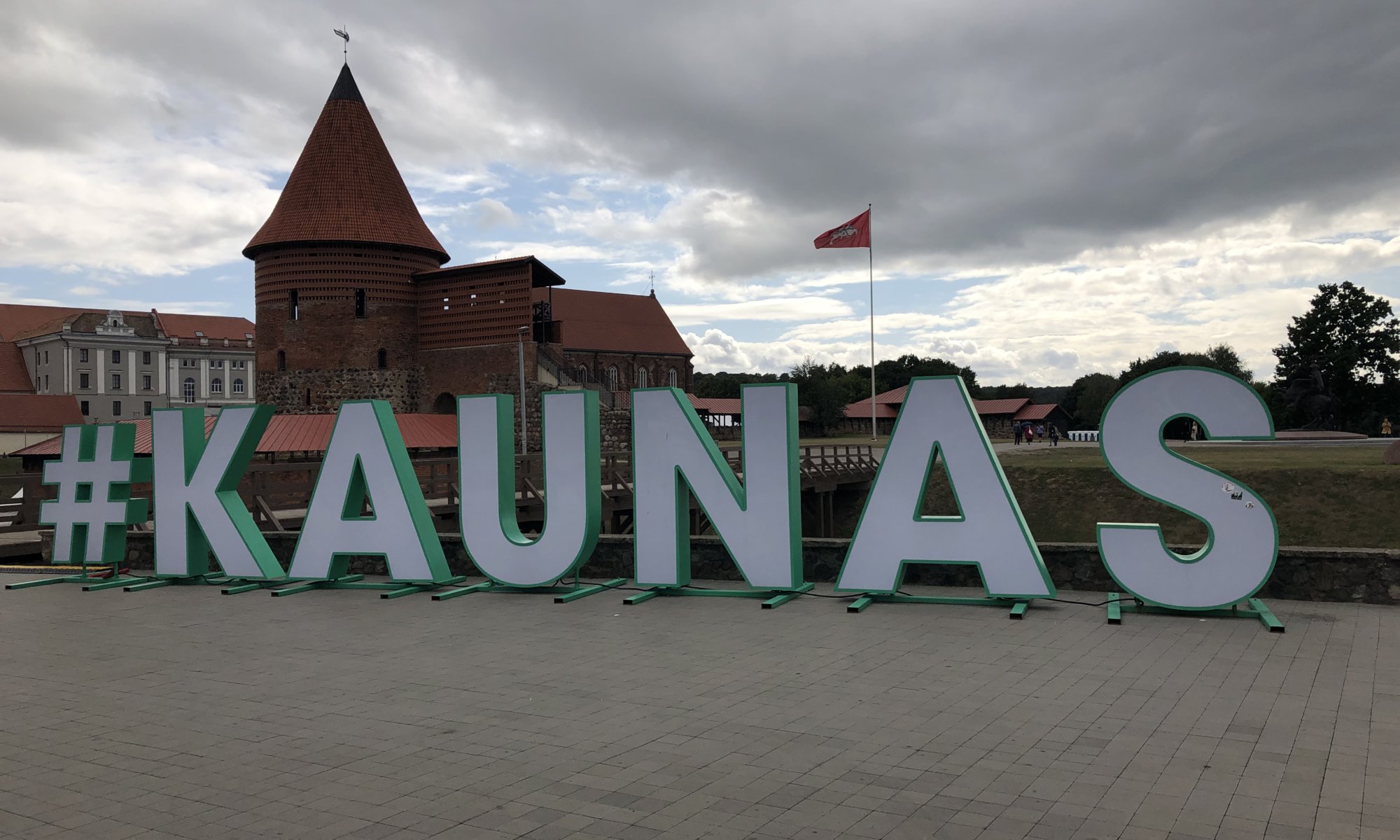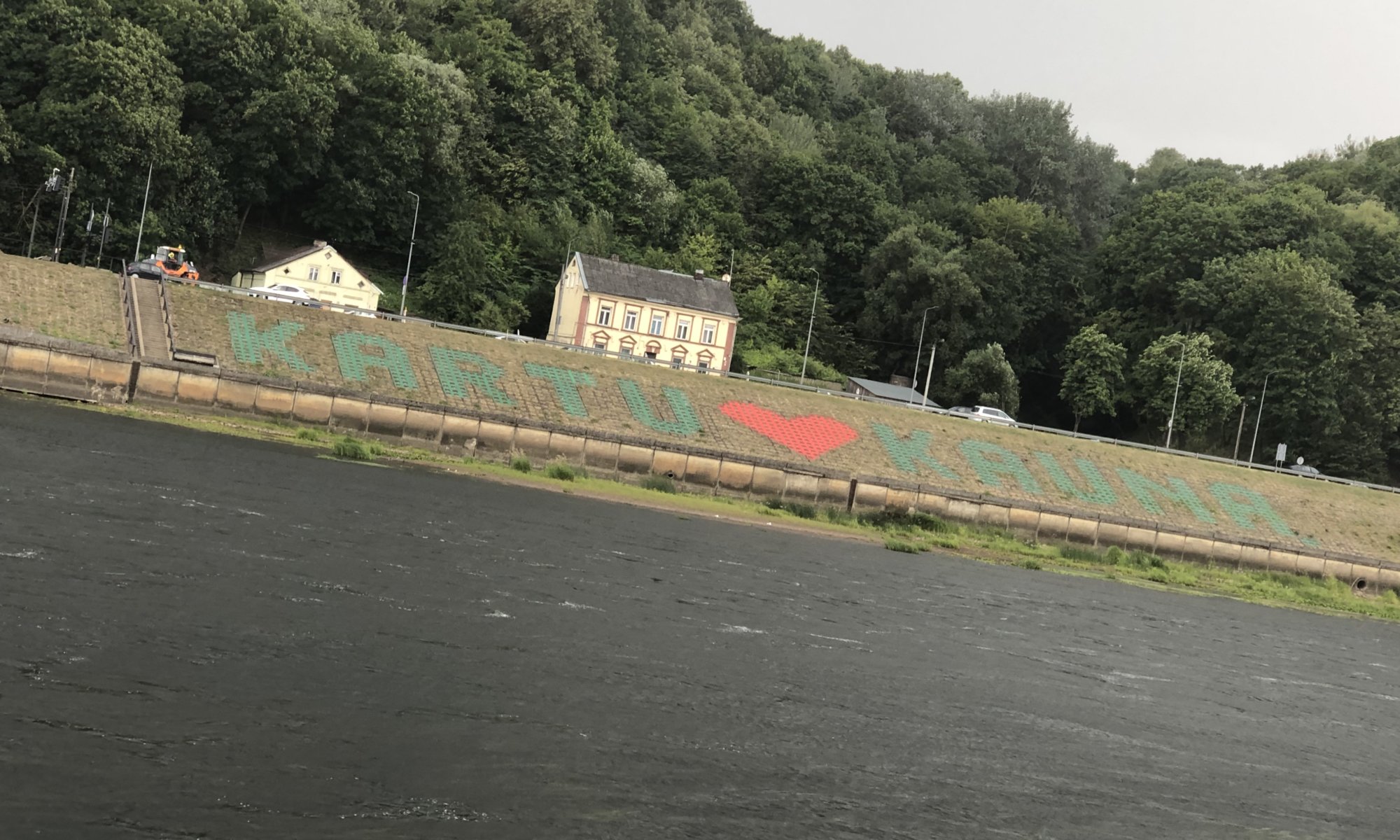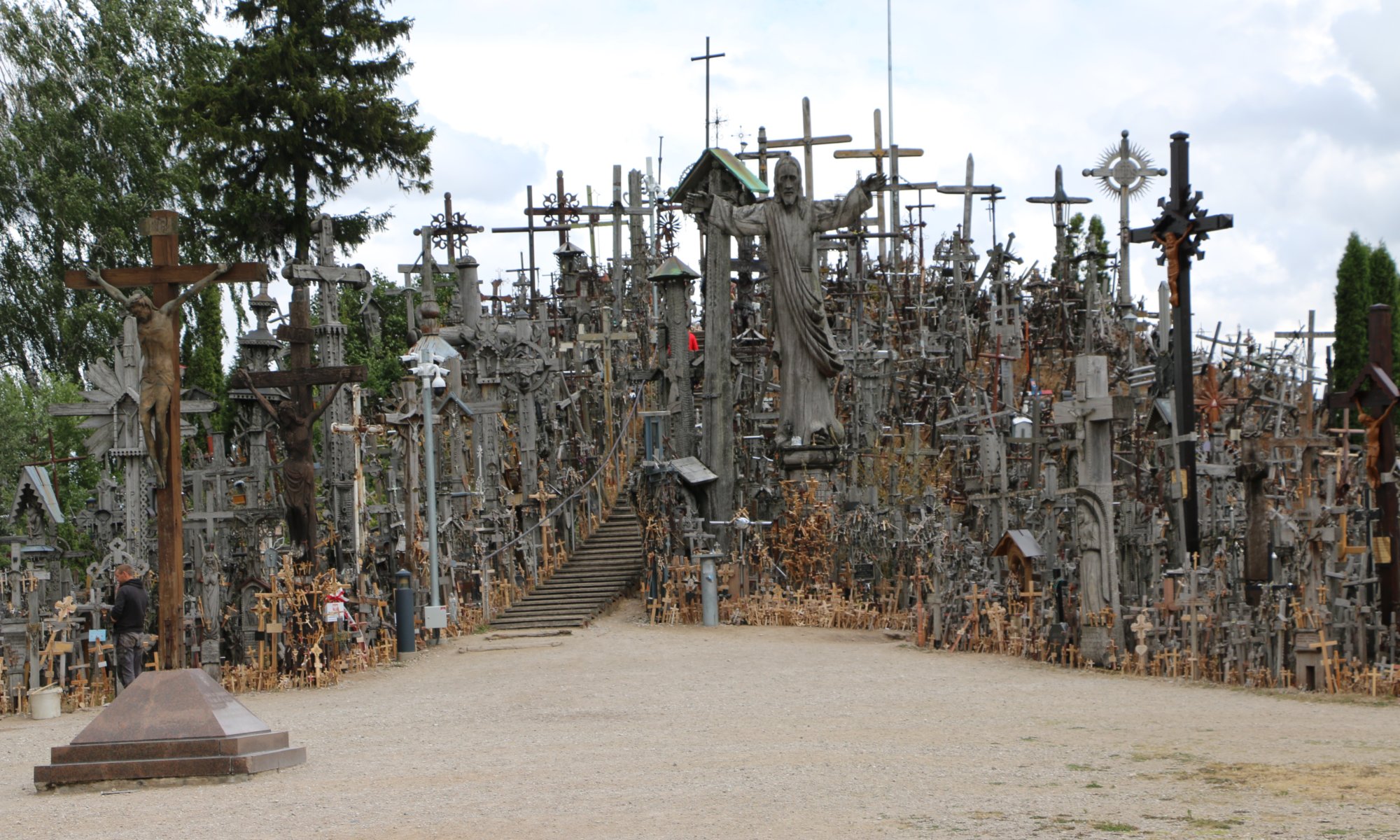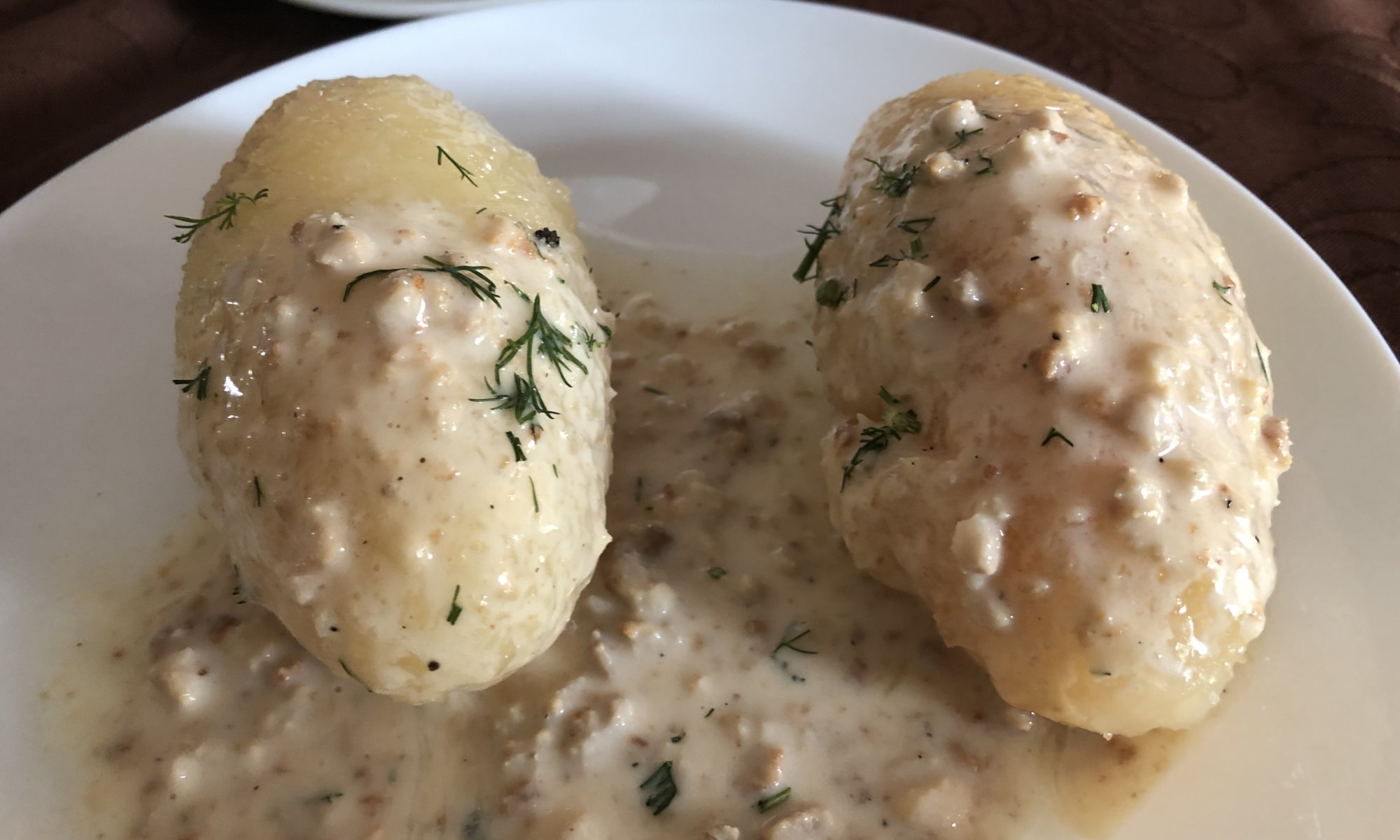I usually try to omit travelling in groups – you never know whom you’ll have to spend the day with. But I learned that you can also miss a lot of fun. When I planned my trip through the Baltic states I booked a normal long-distance bus from Tallinn, Estonia to Rīga, Latvia. When planning the segment towards Vilnius, Lithuania I tried to find a railway connection but found an unexpected alternative.
Continue reading “Guided tour”Kaunas
Kaunas is the second largest city of Lithuania with around 300.000 inhabitants and is located at the confluence of the two rivers Nemunas and Neris. A castle at this place was first mentioned in the year 1361. It later became an important center of Jewish life in the region. When in 1920 Vilnius, the capital city of Lithuania became Polnish the city of Kaunas became provisory capital city until 1940.
Continue reading “Kaunas”Memel
When arriving at Kaunas, Lithuania I had a look on my smartphone and the digital map suprised me: the river next to me which my local guide called Nemunas was labeled as river Memel. A name I had heard before. It is a 937 kilometers long stream that begins in Belorussia and runs via Lithuana into the Baltic sea. In a small section it forms the border between Lithuania and Belorussia – but before reaching the sea it also forms the border between Lithuania and the Kaliningrad Oblast belonging to Russia.
Continue reading “Memel”Kryžių kalnas
The most famous place in rural Lithuana is the hill of crosses (Kryžių kalnas) near Šiauliai. It is a catholic place of pilgrimage that many tourists visit. Countless crosses are assembled on a ten meters high hill and you can walk on a wooden path between the more than 100.000 crosses – or buy one at the shop yourself and add it to the collection.
Continue reading “Kryžių kalnas”Cepelinai
A traditional dish in Lithuania is Cepelinai and it is named like this as it looks like zeppelins. Cepelinai are potato dumplings filled with minced meat or quarg. The dish is also famous in Belorussia and Poland and is typically served with a sauce made of cream, onions and bacon.
Continue reading “Cepelinai”